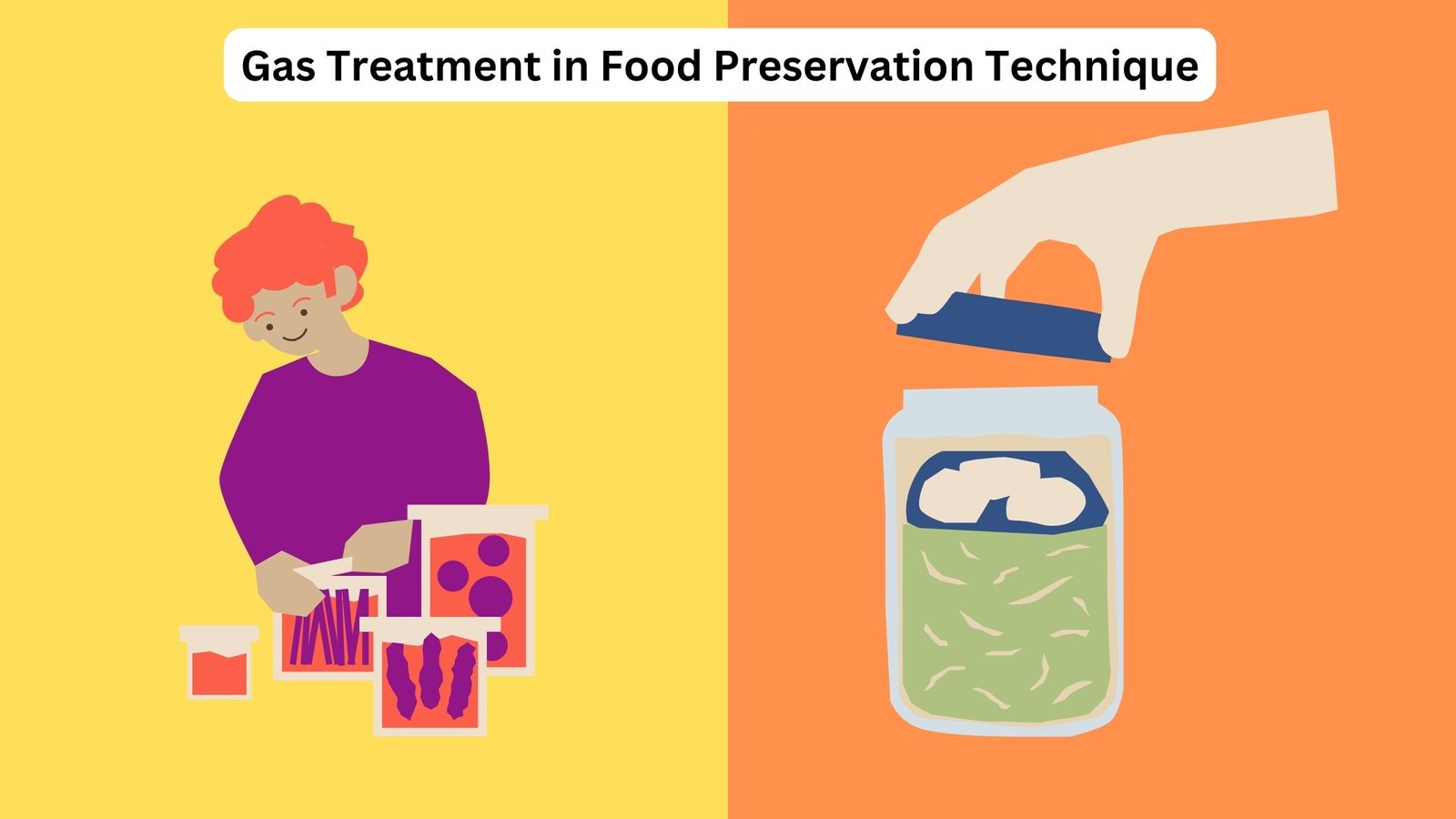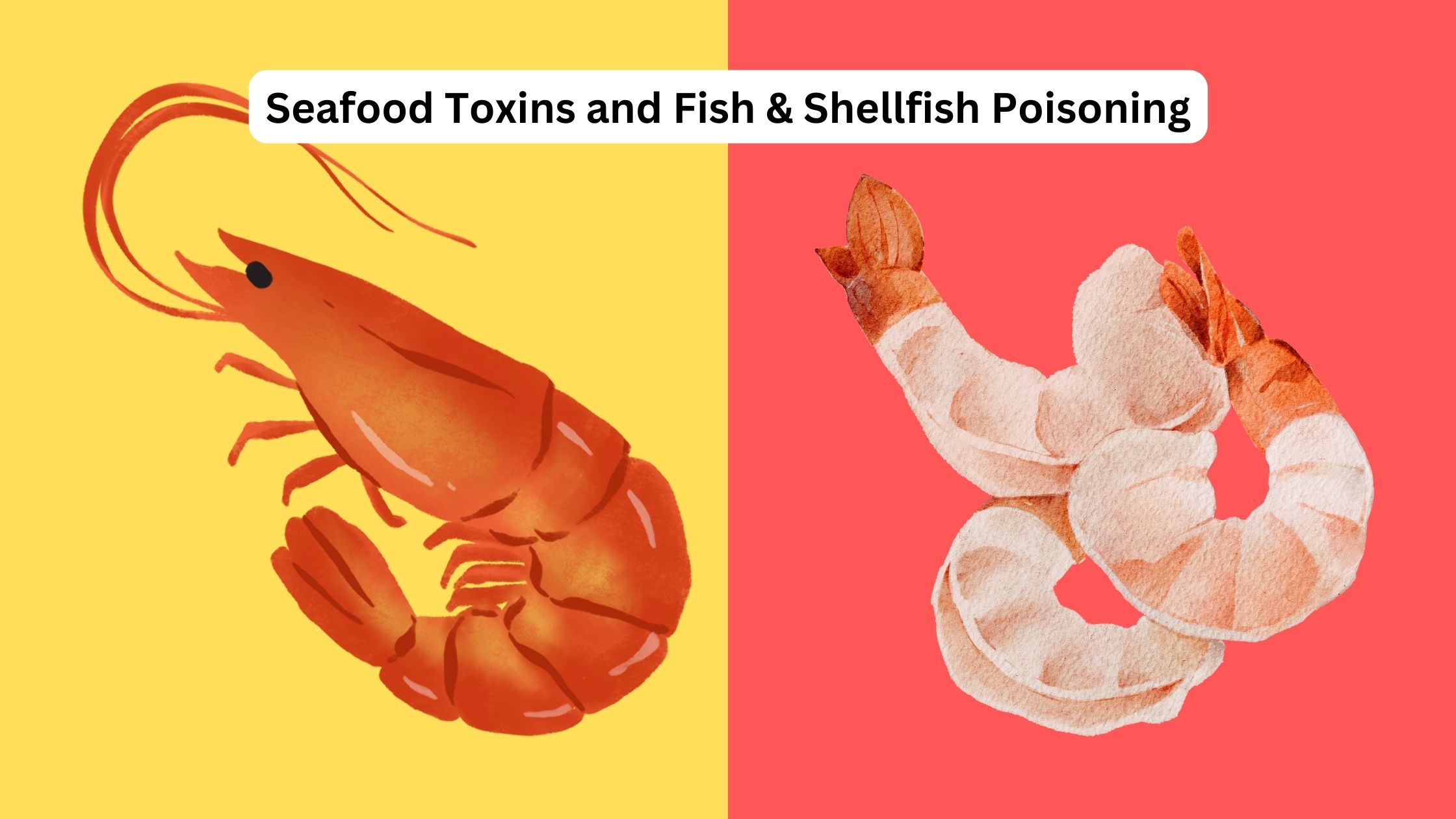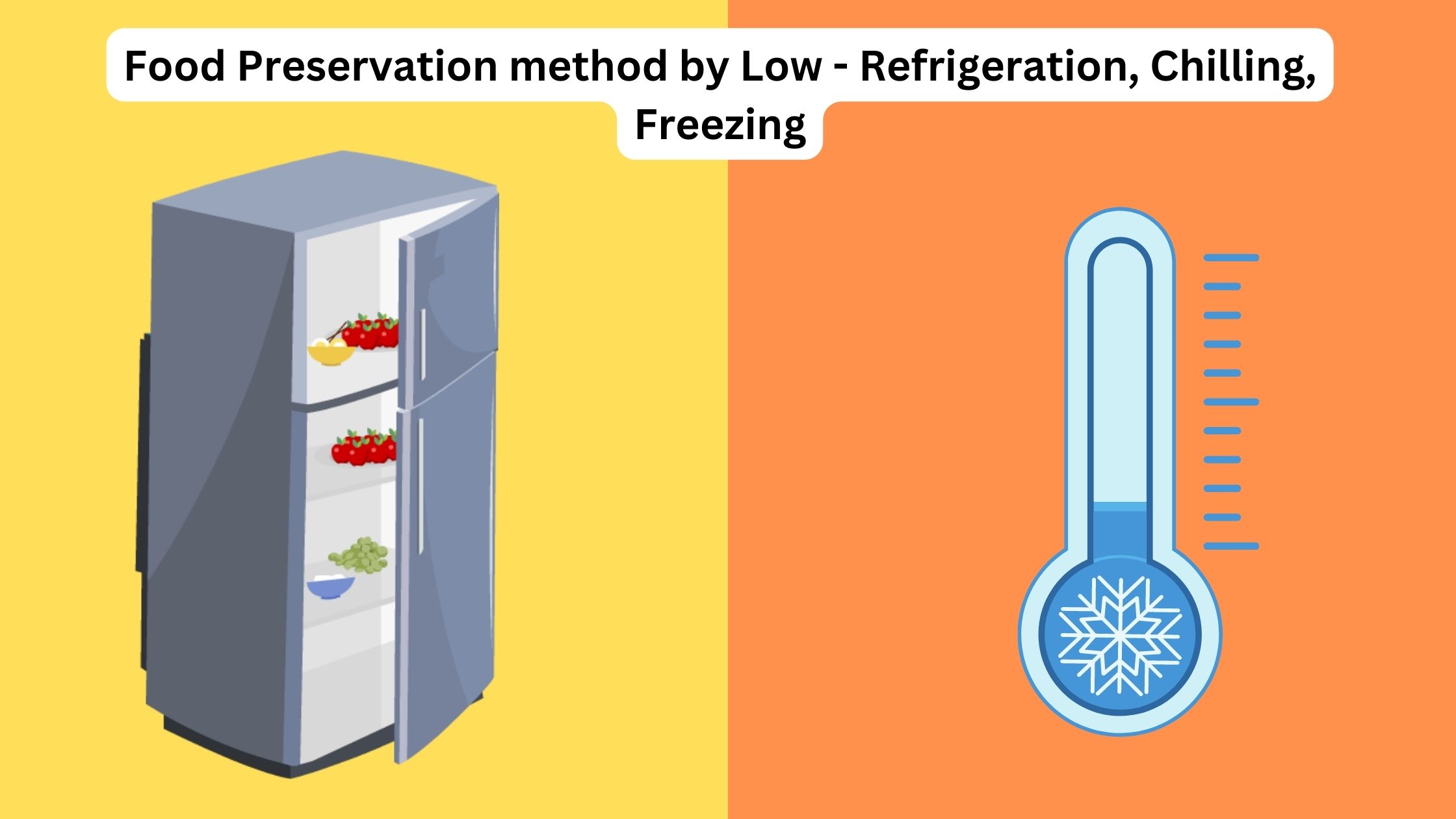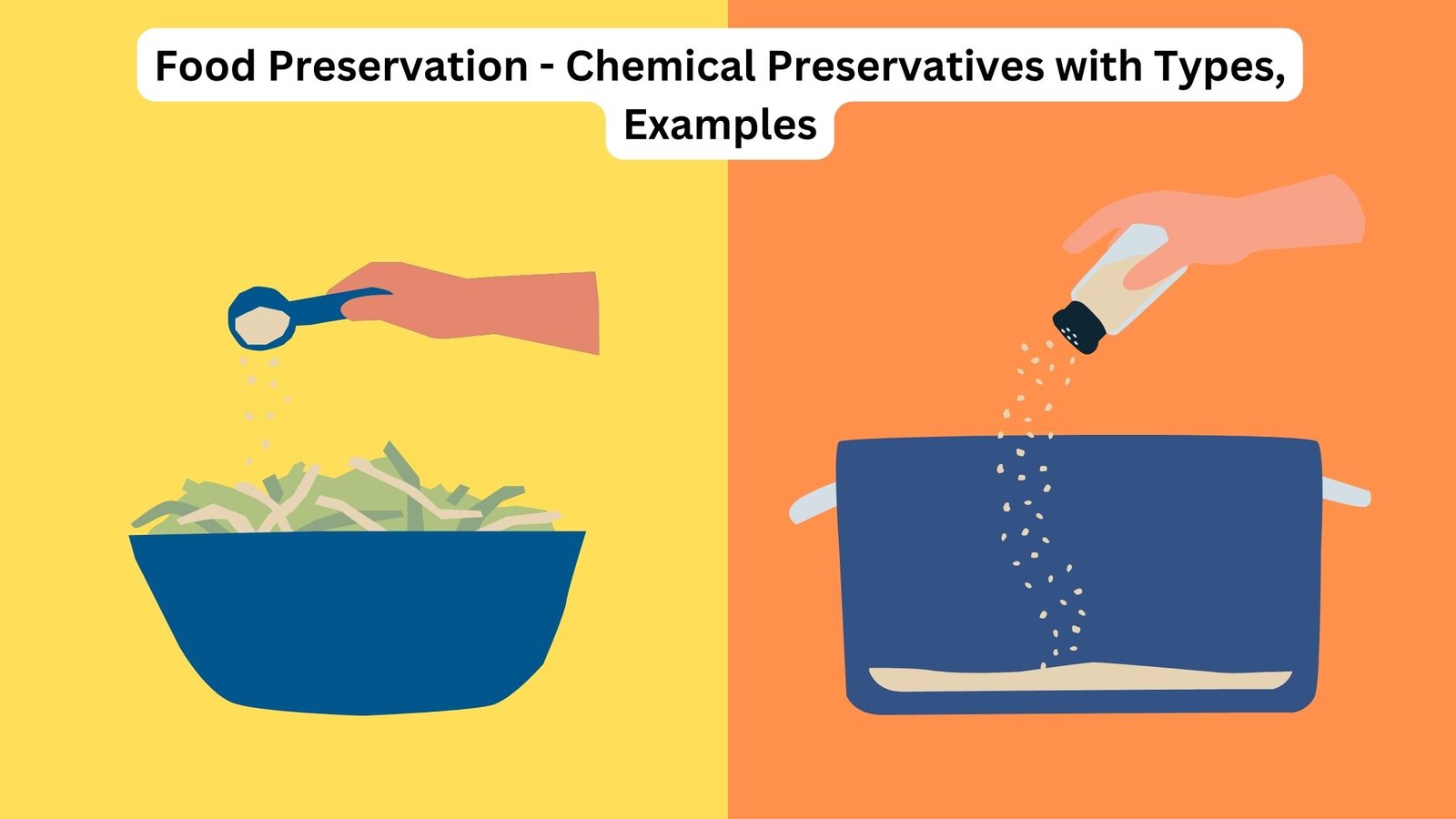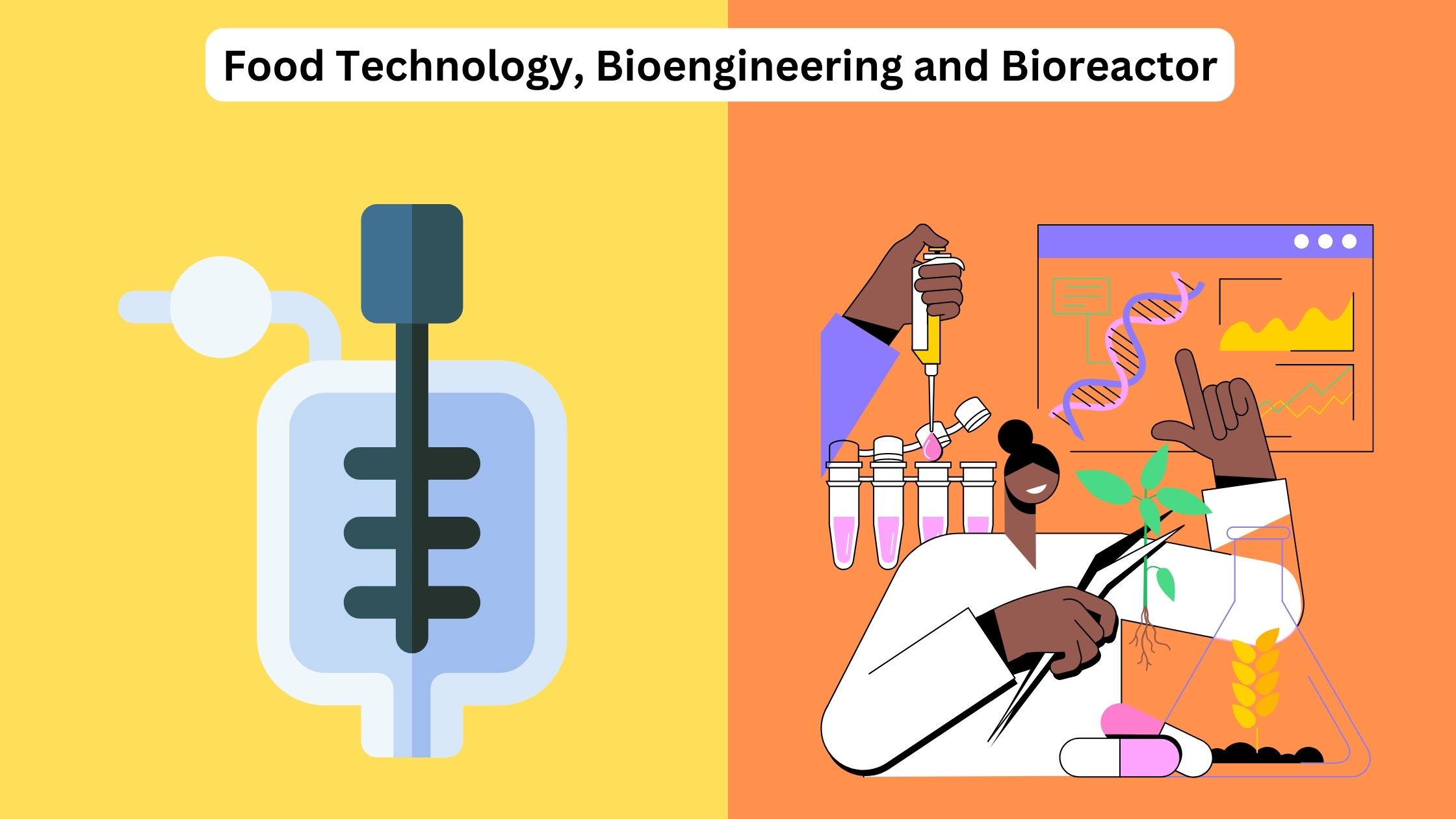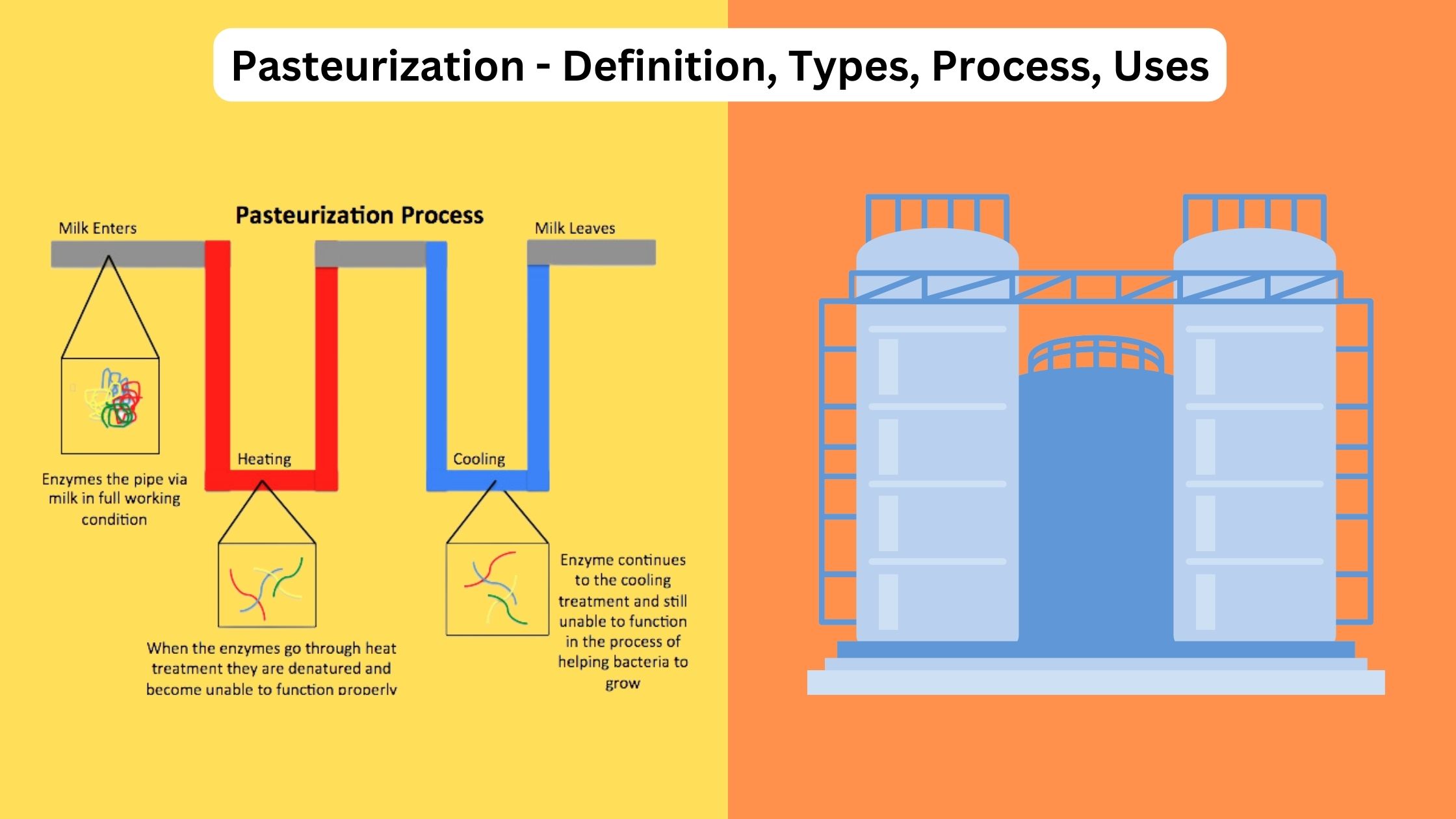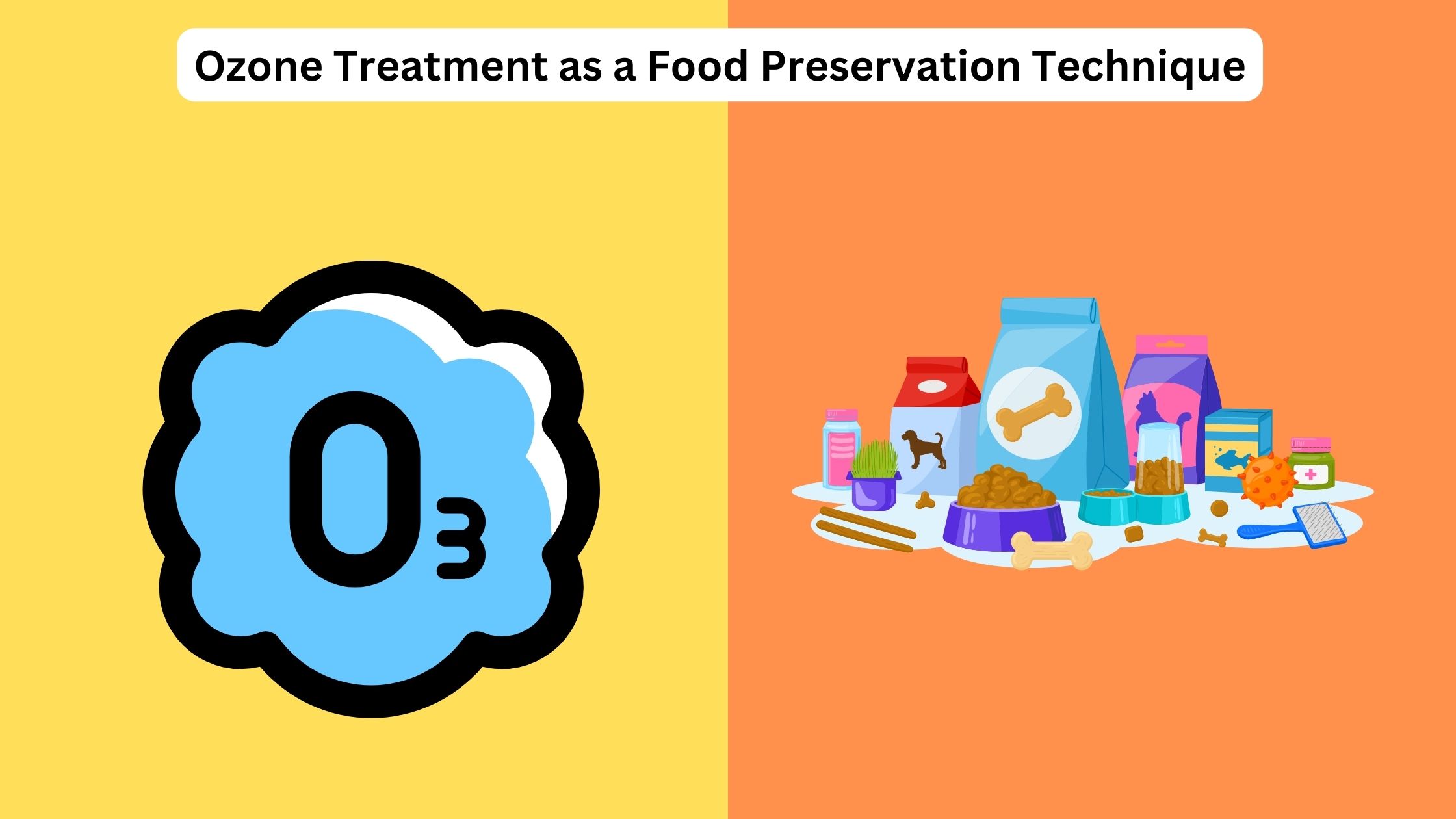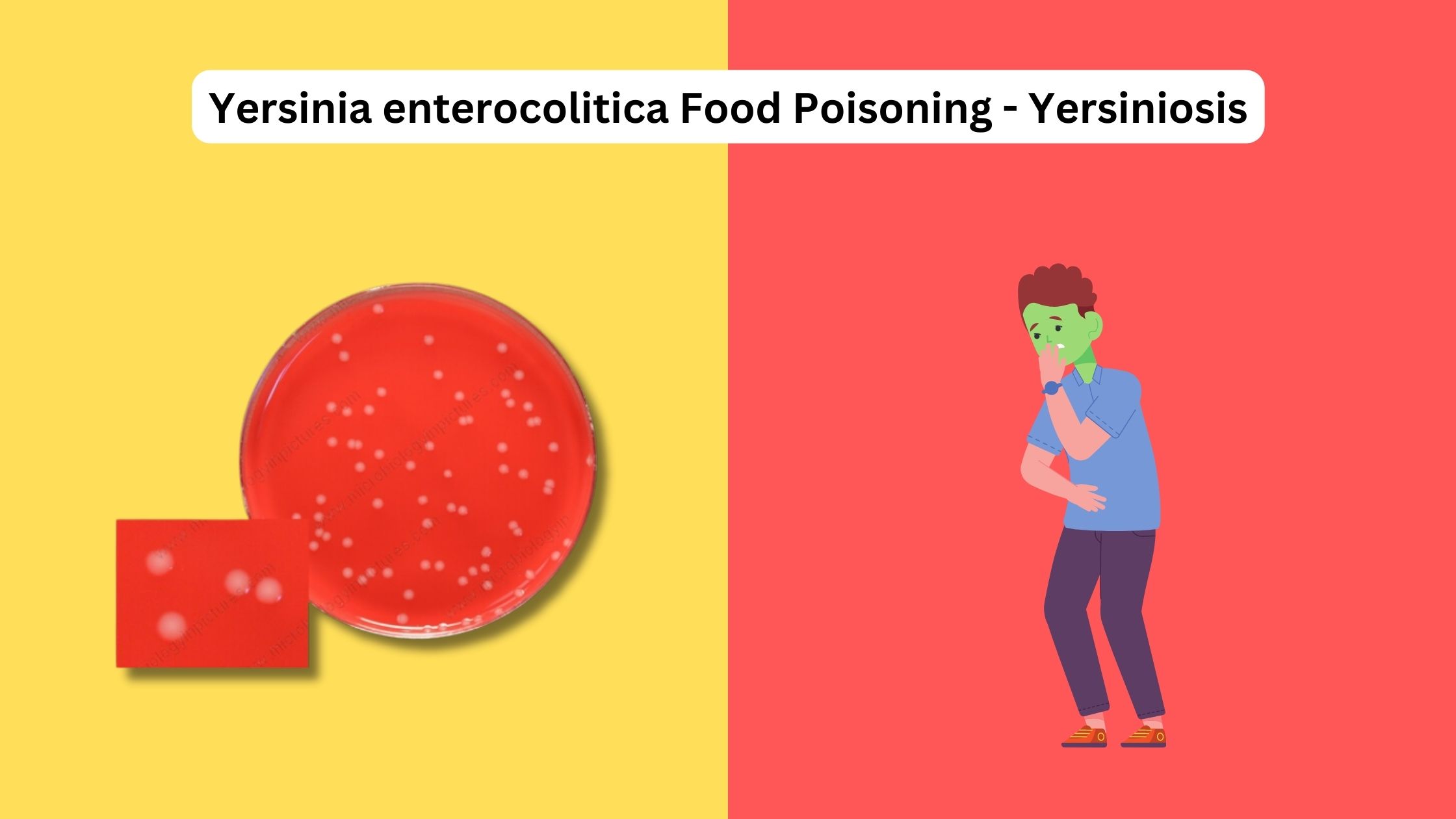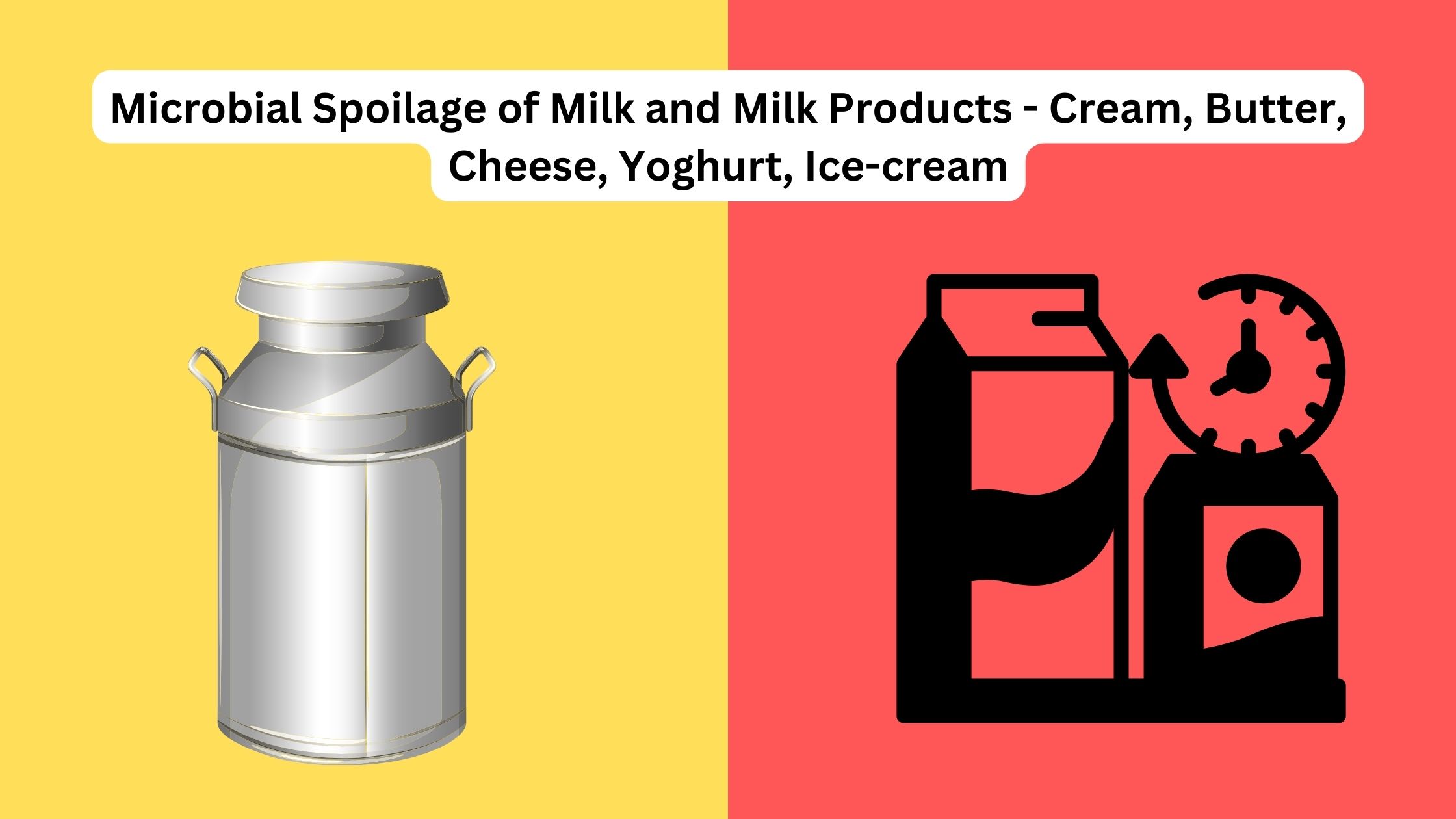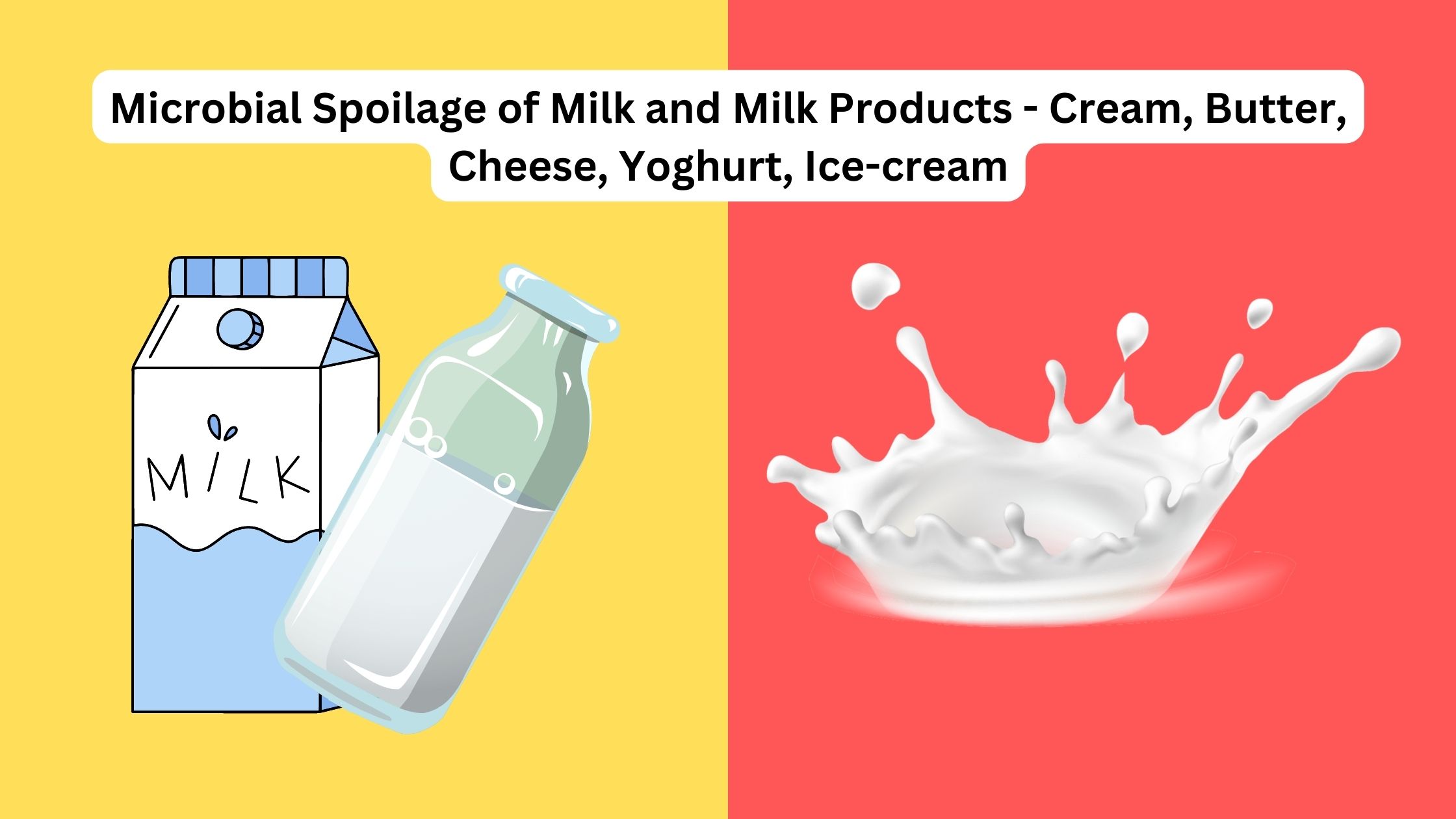Gas Treatment in Food Preservation Technique
What is Gas Treatment in Food Preservation? Gas treatment is a crucial tool in food preservation, utilizing different gases and their mixtures to modify or control the atmosphere surrounding food products. By doing so, the shelf life of perishable foods can be extended, preventing microbial spoilage and degradation. Here’s an overview of gas treatment as … Read more
